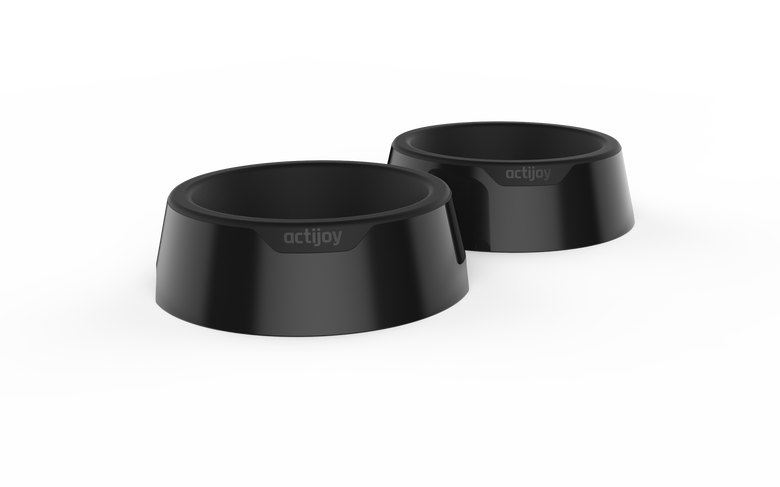Dog Training Techniques to Avoid

Prong Collar
A prong or pinch collar consists of metal spikes that pinch the sensitive skin around a dog’s neck when engaged. The prong collar is most commonly used on larger breed dogs that have a tendency to pull on the leash, or as a form of punishment (also known as aversion training) to deter a dog from a specific action. For instance, when a dog displays aggression towards another animal, the handler might give a quick tug on the leash to elicit pain from the collar. The theory is that the dog will eventually associate pain with that behavior, and avoid it altogether.
However, in the wrong hands, a prong collar can be extremely dangerous to a dog! Every year, veterinarians treat animals that have been severely injured with puncture wounds to their necks because the collar was not utilized properly. Additionally, dogs can become fearful of their owners when they make the association that the pain is caused by their human. For dogs that are reactive or aggressive, inflicting painful aversion techniques can cause the dog to lash out and be aggressive towards the nearest human, animal, or child. Numerous studies have also shown that aversion techniques (which also include choke collars and electronic collars) can increase a dog’s anxiety and fearfulness, which can cause even more problems with the animals’ behavior.
Dominance Methods
Another technique to avoid which has been made popular by Nat Geo Wild’s Cesar Milan is termed the dominance theory. Here, Milan asserts that dogs attempt to display dominance over their owners, and owners must put dogs in their place or else the behavior will worsen. For instance, he states that a dog that chooses to sleep on the bed instead of the floor is trying to be dominant over the owner. Ways that humans are encouraged to display dominance over their dogs include aversion techniques and “alpha rolling,” whereby the dog is rolled onto its back. Besides the fact that dominance theory has largely been debunked, these techniques can be dangerous to both pet and owner, and even cause psychological damage for the pet. For these reasons, many animal welfare organizations have spoken out against dominance training methods, including the ASPCA, Humane Society, and numerous veterinary associations.
Instead of the methods described above, pet owners should consider positive-reinforcement training, or consulting a certified animal behavior specialist for dogs with complex behavioral problems.
Never miss a post! Don't forget to check our previous Positive Reinforcement Training and Clicker Training! Be sure to subscribe to our newsletter to receive our next series directly in your inbox.
Please note: all dogs should be treated as individuals. The Actijoy blog is for educational and entertainment purposes only. In case of emergency, always seek qualified health care from a local veterinarian or emergency facility. Actijoy blogs are not designed to treat, diagnose, or prescribe medication for your pet.



